Financing Progress: Canals, Hotels, Railroads, and Public Infrastructure
Louisiana chartered three different types of banks in the antebellum period: commercial banks that serviced merchants, factors, and manufacturers; property banks that dealt in land and slave mortgages; and improvement banks. This last category included the Canal and Banking Company (1831), New Orleans Gas Light and Banking Company (1835), Exchange and Banking Company (1835), Carrollton Railroad and Banking Company (1835), Atchafalaya Railroad and Banking Company (1836), and New Orleans Improvement and Banking Company (1836). Each improvement bank’s charter required that it fund a variety of public improvements ranging from the construction of canals, railroads, and even hotels, to the creation and maintenance of gas streetlights in towns throughout the state.
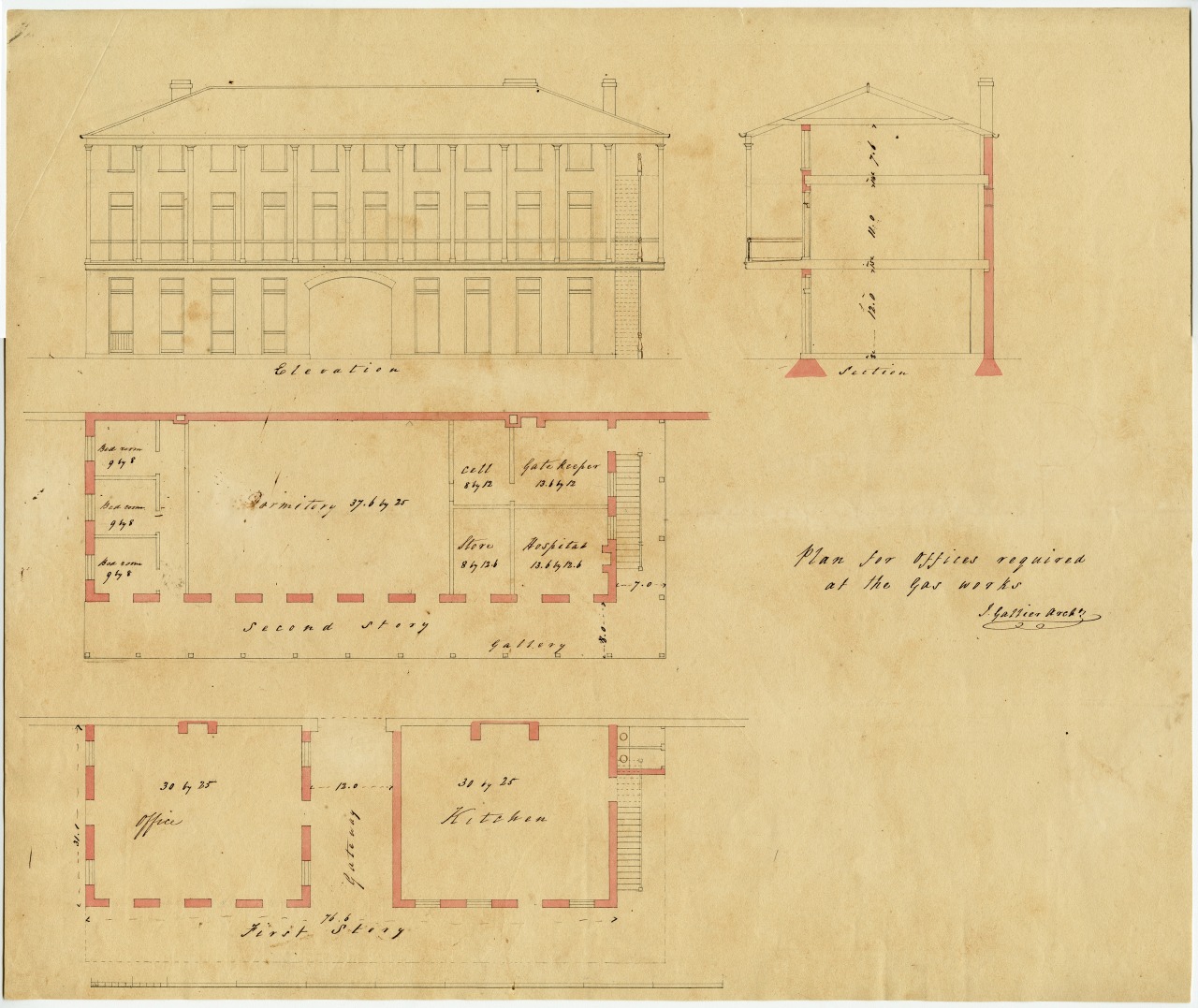
Architectural drawing for New Orleans Gas Light and Banking Company, 400 block of S. Robertson Street
between 1835 and 1849; ink and watercolor
by James Gallier, draftsman and architect
The Historic New Orleans Collection, 1951.16.12 i-iv
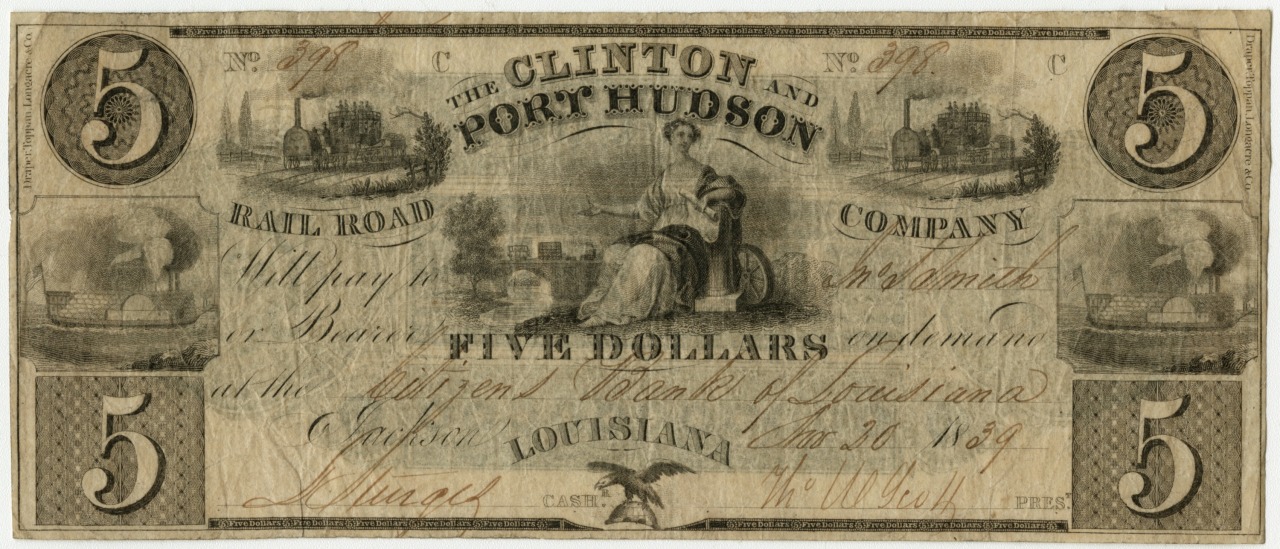
Clinton and Port Hudson Rail Road Company five-dollar note
November 20, 1839; engraving
by Draper, Toppan, Longacre, and Company, printer (Philadelphia or New York)
The Historic New Orleans Collection, 1970.19.8
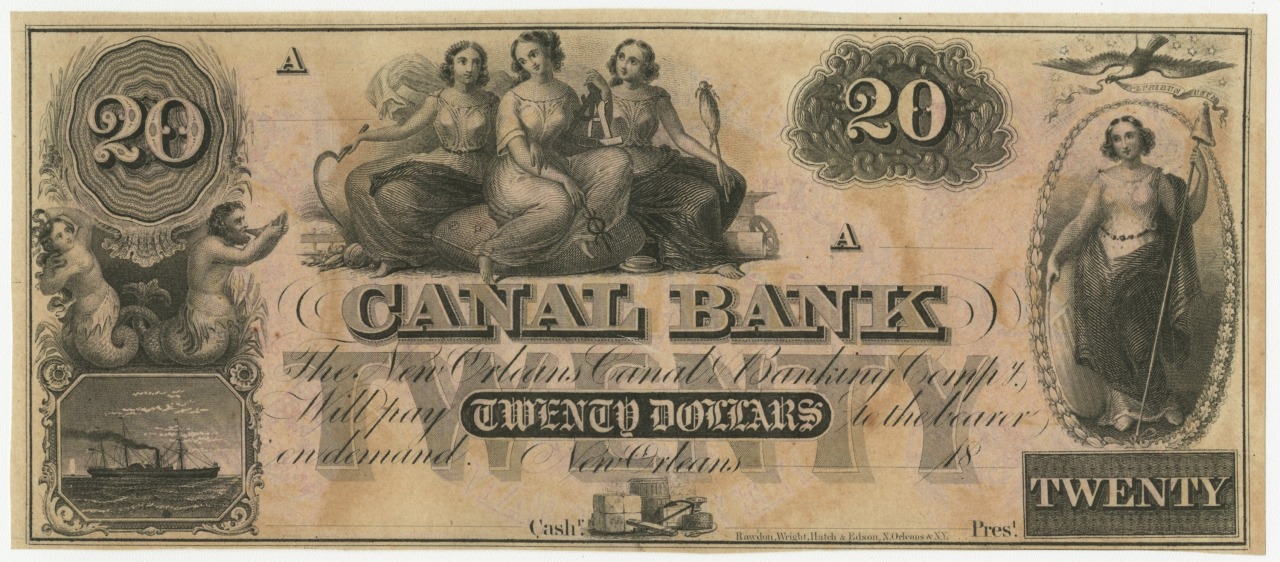
Canal Bank twenty-dollar note
ca. 1855; engraving
by Rawdon, Wright, Hatch, and Edson, printer (New Orleans or New York)
The Historic New Orleans Collection, 1989.95.13
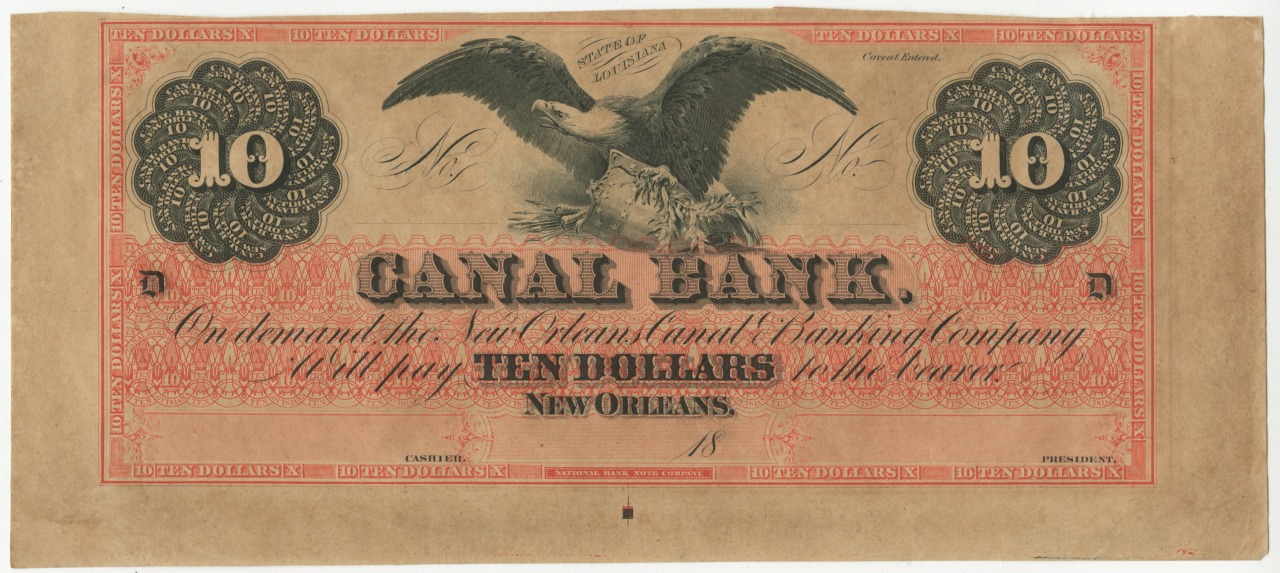
Canal Bank ten-dollar note
1800s; engraving
by National Bank Note Company, printer
The Historic New Orleans Collection, gift of Boyd Cruise and Harold Schilke, 1959.161.3
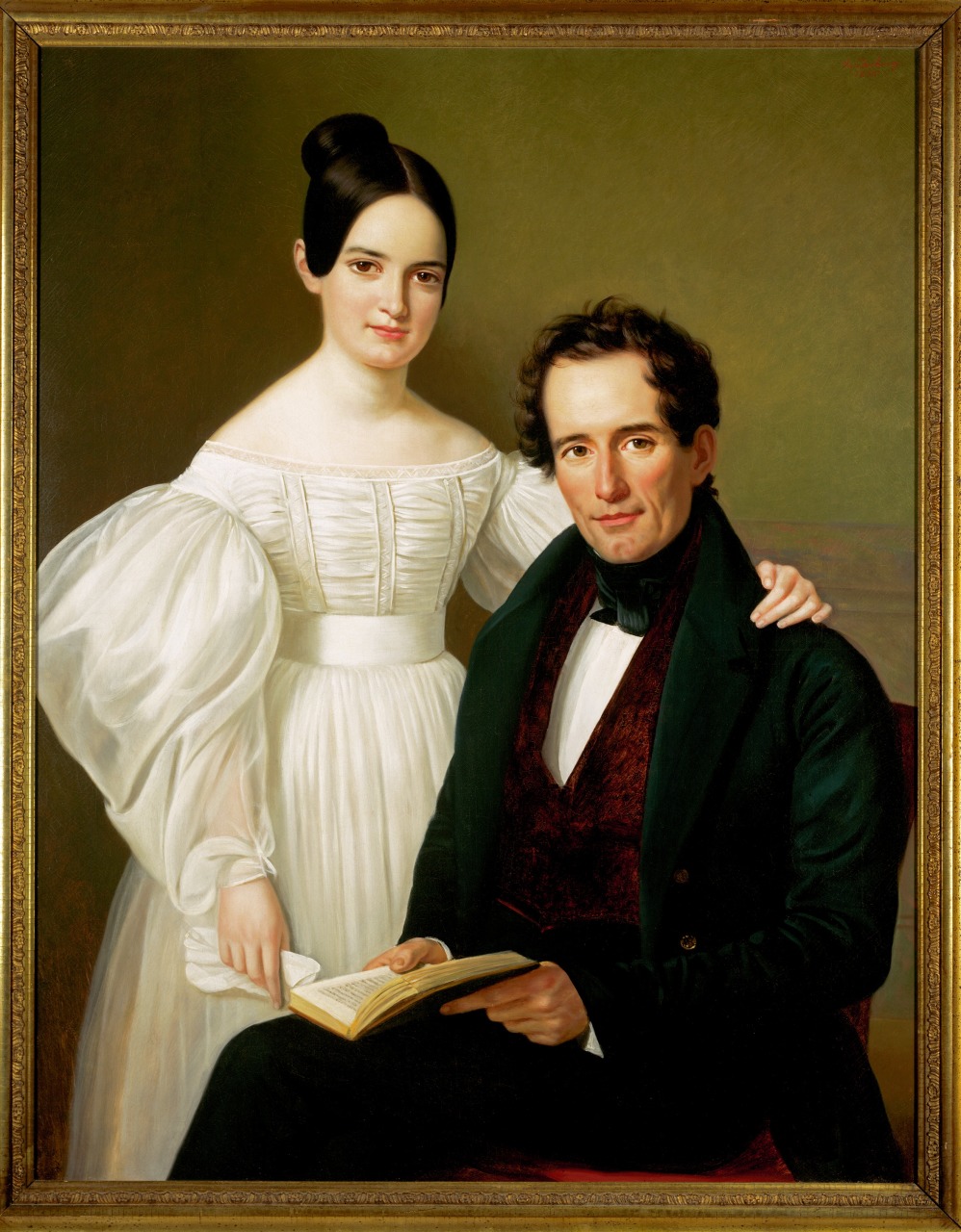
Edmond Jean Forstall and Désirée Forstall
1836; oil on canvas
by Jean Joseph Vaudechamp, painter
The Historic New Orleans Collection, gift of Olga and Yvonne Tremoulet, 2005.0345.3Among the thousands of merchants who called antebellum New Orleans home, Edmond Jean Forstall was perhaps the most thoroughly connected not only to the local banking scene but also to transatlantic credit markets. Forstall, who at age twenty-four was appointed to the Louisiana State Bank’s board of directors, also served as board member, president, or booster for each of the city’s three property banks—Union, Citizens, and the Consolidated Association of the Planters of Louisiana. In addition, he worked a local agent for two European firms deeply invested in the cotton trade: Barring Brothers of London and Hope and Company of Amsterdam.
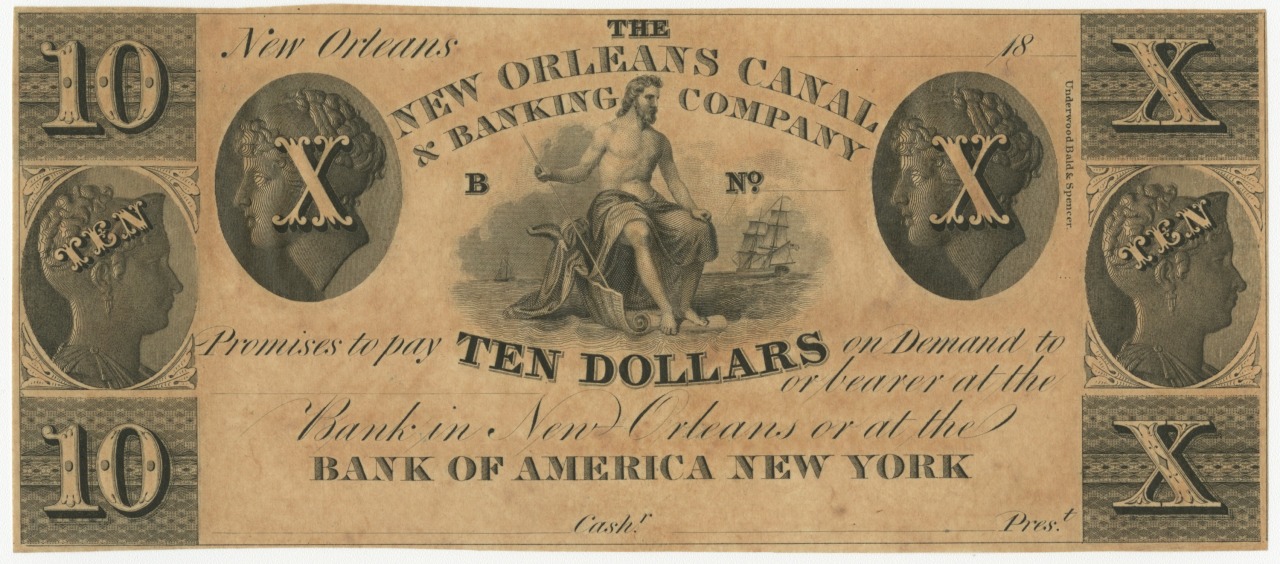
New Orleans Canal and Banking Company ten-dollar note
1837 or 1838; engraving
by Underwood, Bald, and Spencer, printer
The Historic New Orleans Collection, 1989.95.17
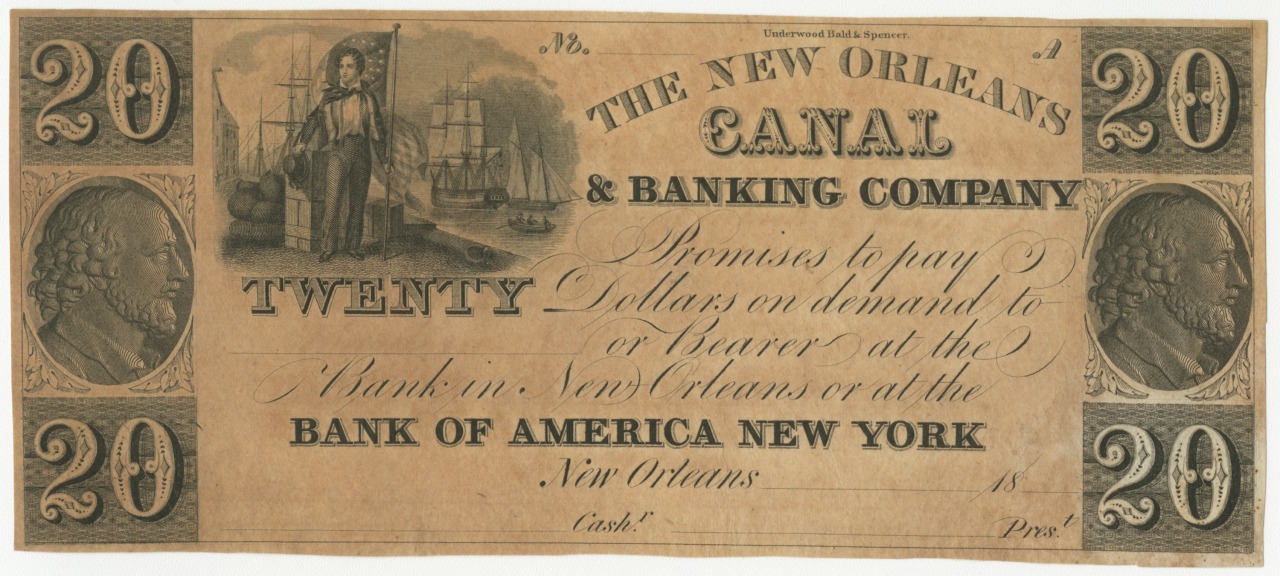
New Orleans Canal and Banking Company twenty-dollar note
1837 or 1838: engraving
by Underwood, Bald, and Spencer, printer
The Historic New Orleans Collection, 1989.95.16
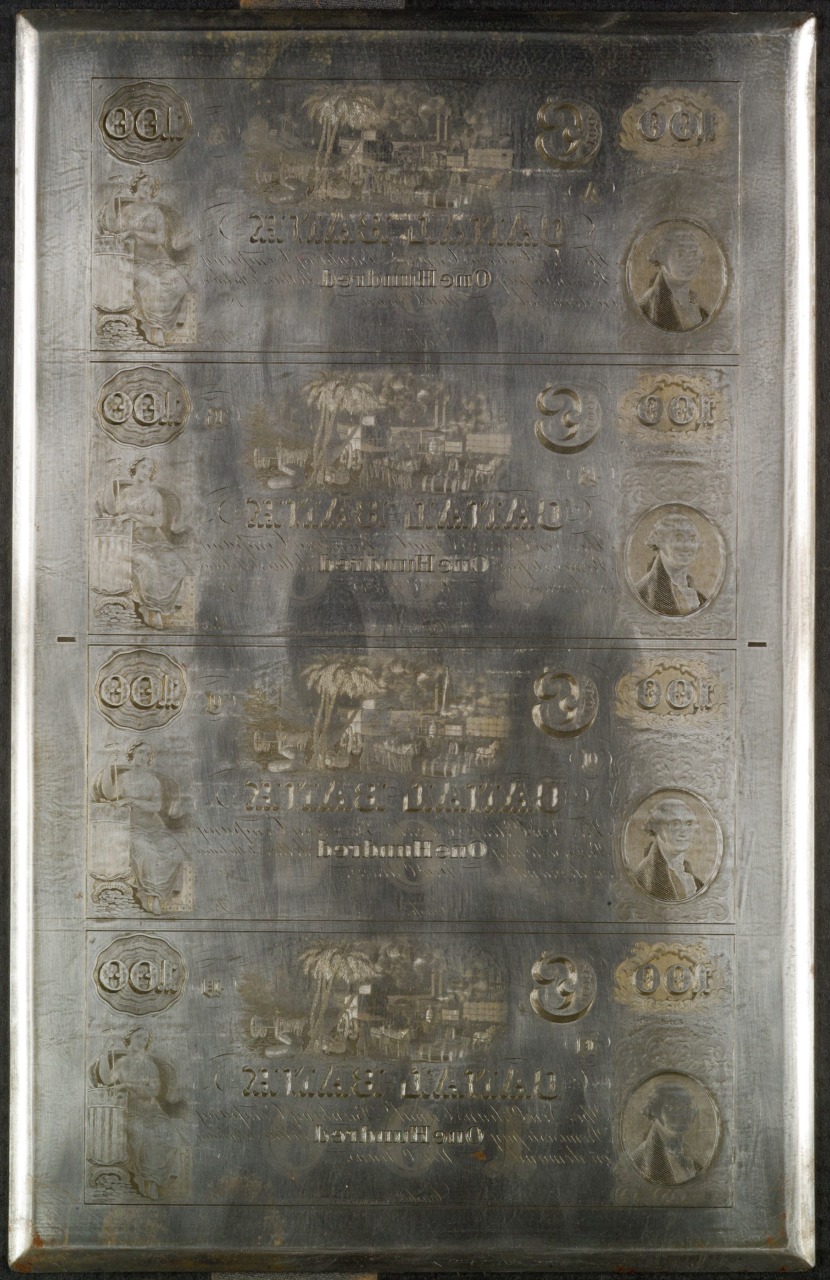
Canal Bank one-hundred-dollar note printing plate (obverse)
ca. 1885?; steel
The Historic New Orleans Collection, gift of Lee H. Schlesinger, 1998.7.19
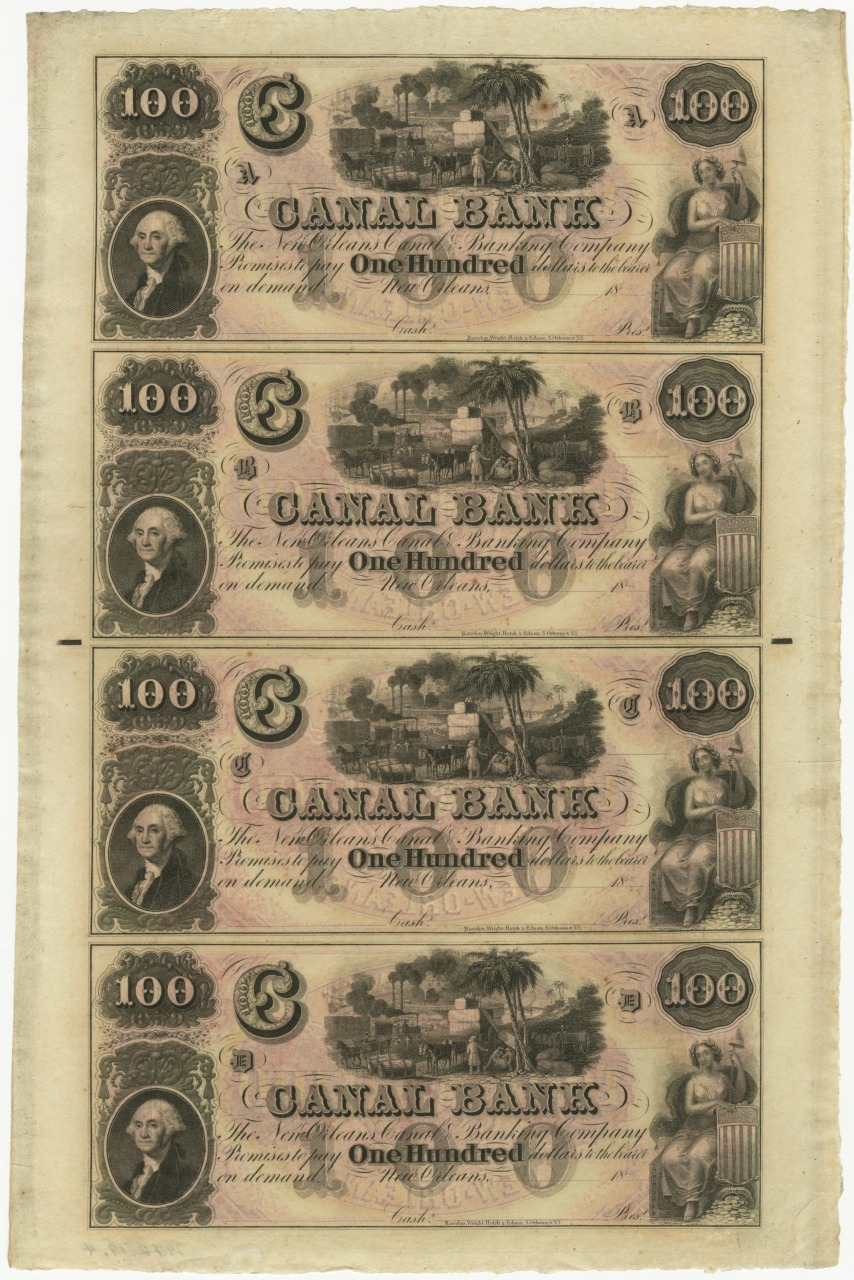
Canal Bank uncut sheet of one-hundred-dollar notes
ca. 1885?; engraving
by Rawdon, Wright, Hatch, and Edson, printer (New Orleans or New York)
The Historic New Orleans Collection, 1972.19.4
